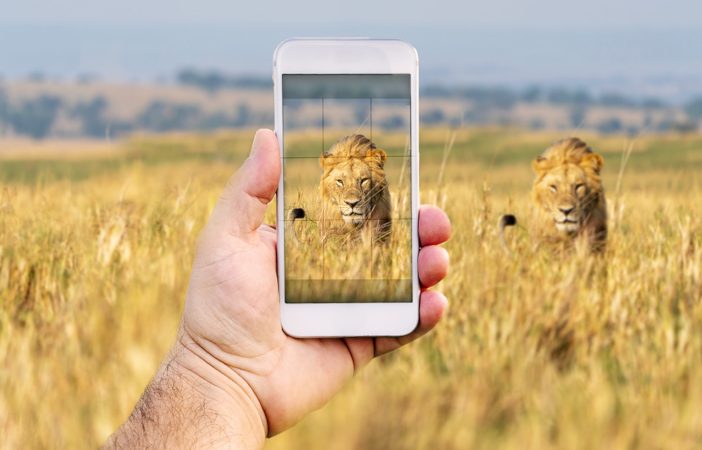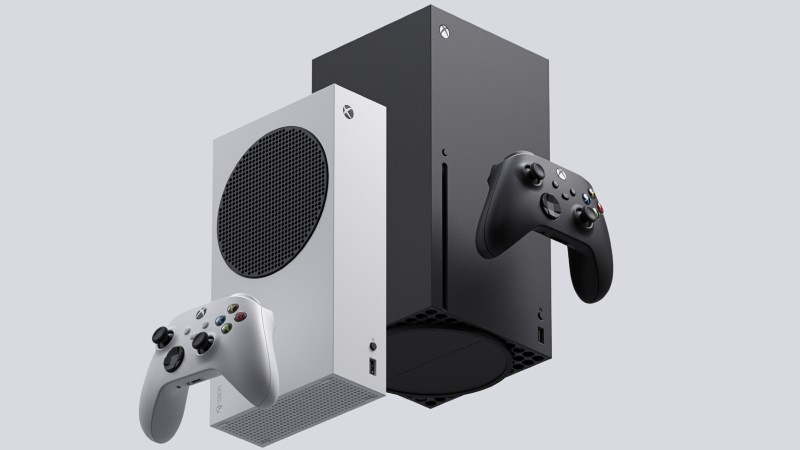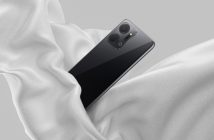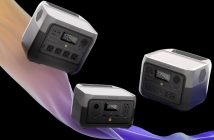If you’re escaping the city for a bush getaway, then there are plenty of travel essentials you need to think about packing. But, perhaps one of the most important gadgets to take along is a good camera. You don’t want to miss out on capturing all those memories of what you saw on your game drives and the fun you had with your friends or family. So it’s important you have the right tools, and the know-how to get the best photos while on safari.
But, that doesn’t mean you have to invest in a bulky SLR camera, lenses, or any other expensive photography equipment, just to get good photos on your safari holiday. If you’re an avid hobby photographer and are hell-bent on owning a professional-level camera, then you can most certainly shop around online for the best prices on cameras and photography equipment in South Africa. There are some incredible deals available online for anyone wanting to invest in photography equipment.
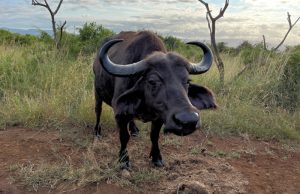
Image credit: Christian Sperka at Thanda Safari.
But, for most of, you’ve got everything you need to take great photos in your pocket — your smartphone. Unless you are a professional travel photographer or a serious hobby photographer, there’s no need to lug along heavy photographic equipment.
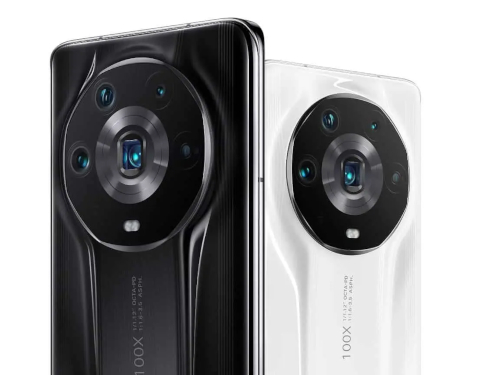
Some of the best smartphones for travel photography include the iPhone 14 Pro Max and iPhone 14 Pro. On the Android front, you can’t go wrong with the Honor Magic 4 or the Samsung Galaxy S22 Ultra.
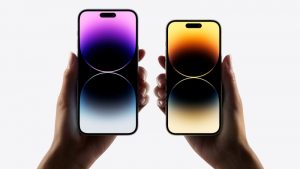
The iPhone 14 Pro Max rocks a 48MP quad-pixel sensor with 2x telephoto zoom, plus a 12MP 3x telephoto and a 12MP ultrawide sensor. It’s hard to go wrong here, whatever the lighting conditions. And if you want the same camera prowess in a smaller body, there’s the iPhone 14 Pro.
The absolute highlight of the Honor Magic 4 is the 5x camera. Featuring a 50MP 8P wide camera, 64MP Ultra Wide camera, 64MP Periscope telephoto camera, 50MP spectrum enhanced camera with a 8×8 dTOF Laser Focusing System and Flicker Sensor, this flagship device from Honor is a no-brainer for snappy happy customers.
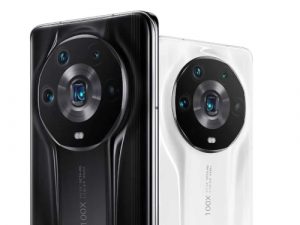
The Samsung Galaxy S22 Ultra features a 108MP main camera with a larger sensor than its predecessor (the S21 Ultra), letting in more light. A Super Clear Glass over that lens eliminates flare when you’re shooting in twilight and at night. The end result is better low-light photos and some sharp images when using the Galaxy S22 Ultra’s Night mode. The Galaxy S22 Ultra also boasts many improvements on the software side of things. With adaptive pixel technology for combining 9 pixels into one (another low-light photo improvement), enhanced AI high-res processing and 4x faster multi-frame processing, this Android shooter is a beast. This is the camera phone to get for Samsung fans.
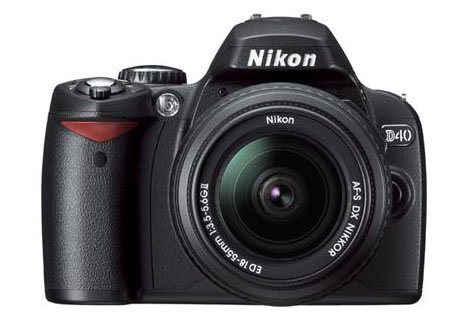
Check out these tips for taking great photos on safari and why using your smartphone camera, iPhone or Android, for travel photos can most certainly work:
Smartphones are great for taking wide-angle pictures
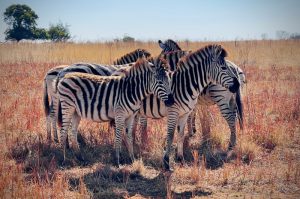
Image credit: Christian Sperka at Thanda Safari.
Focus on the beautiful scenery and the wildlife, and you will create some great memories. Zooming in on pictures (pinching) should be avoided, as most smartphones only provide digital zoom (equivalent to picture cropping). It’s therefore best to take the picture ‘un-zoomed’ and crop it later. Some advanced smartphones, for example, the iPhone 12 or 13 Pro have a third tele-focus lens which do provide optical tele-focus capability, but they’re not necessary to have.
They thrive in low-light conditions
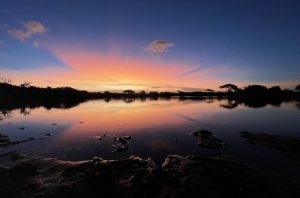
Image credit: Christian Sperka at Thanda Safari.
Smartphones are great for those difficult light conditions such as sunsets, sunrises and interesting cloud formations over beautiful scenery. These are often easier to capture with a smartphone than with a regular camera. Combined with a good photo ‘enhancement’ app, like Camera+ for iPhone, amazing pictures can be created.
Consider an external telephoto lens
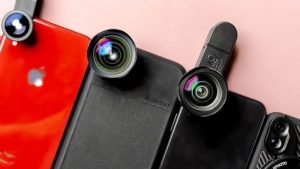
Clip-on smartphone telephoto lenses are available at very little cost and having such a lens in your pocket will make it possible to get a decent shot of distant targets (e.g. lions, birds, etc) when out on safari. If you don’t have an external telephoto lens then binoculars can also serve as a telephoto lens in a bind. Make sure there is a small distance between the camera lens and the binoculars ocular, focusing first on the subject with your binos, before using your smartphone camera.
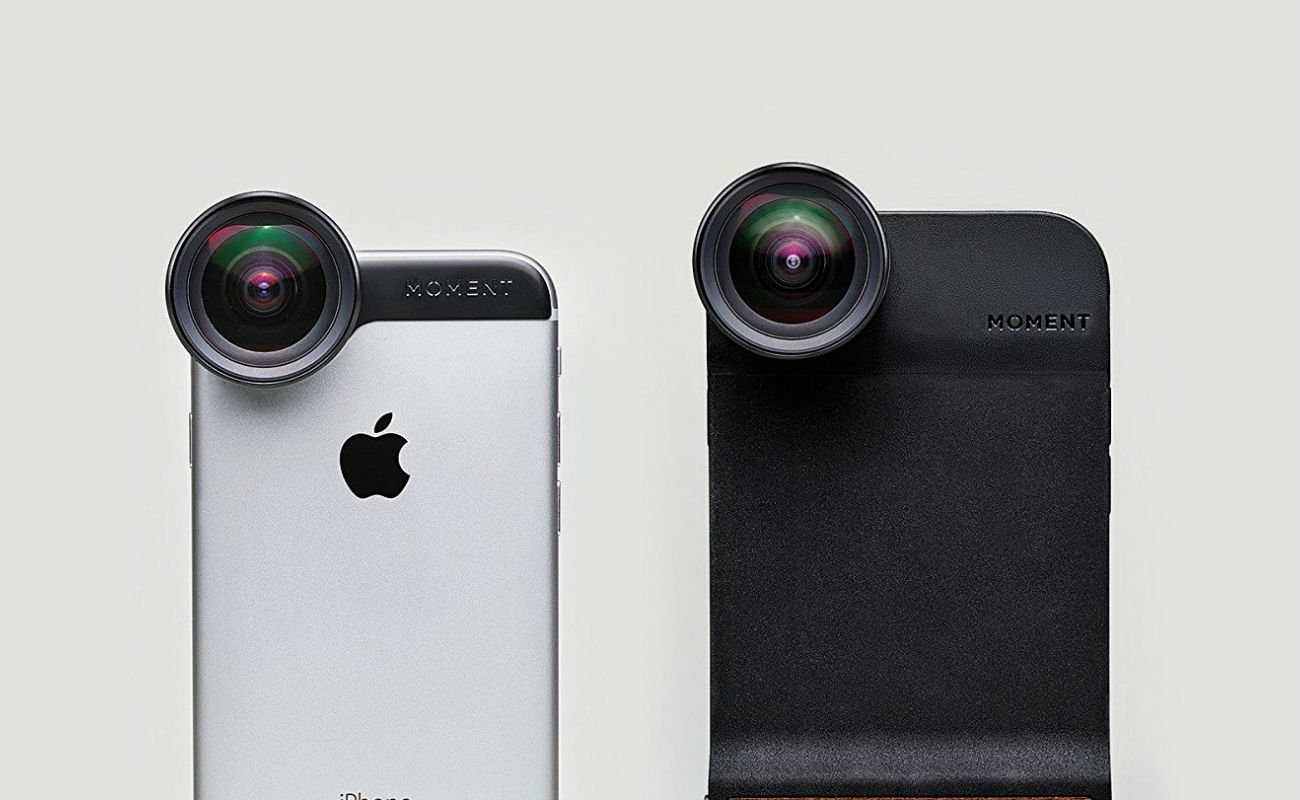
Smartphones excel at taking macro-shots

Image credit: Christian Sperka at Thanda Safari.
Anything from plants to small creatures can be captured very well. Make sure to check with your guide that it is safe to get close to any creature before taking a close-up photograph.
Visit a private game reserve for the best photo opportunities
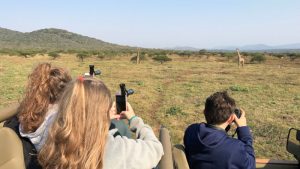
Image credit: Christian Sperka at Thanda Safari.
Private game reserves, such as Thanda Safari, are great for smartphone photography as one is usually able to get much closer to wildlife than in a National Park. A professional and experienced guide knows exactly how close he can safely get to animals to ensure a good picture. Get as close to eye level with your picture subject as you can, and you will create some great shots.
Renowned photographer, Christian Sperka, is based at KwaZulu Natal’s Thanda Safari, as the resident Wildlife Photographer and specialist Photography Guide. Sperka also conducts photography courses and teaches wildlife photography at the reserve. These include a free photography lesson and a Photography in the Wild game drive.

“I often hear it said, that when going on safari, one ‘must’ have a decent camera with a reasonable long tele-focus lens. And while it is an advantage to have such a camera, nowadays, most people have very good smartphones and prefer to travel light,” explains Sperka. “I take a lot of images and video clips with my smartphone. Personally, I work with Canon DSLR cameras, Apple iPhones and a DJI Phantom drone. And, in the last two years, I’ve taught far more people ‘smartphone’ photography than ‘proper camera’ photography.“
All images were created with various iPhones (7Plus, X Plus, 12 Pro) with most being cropped.

